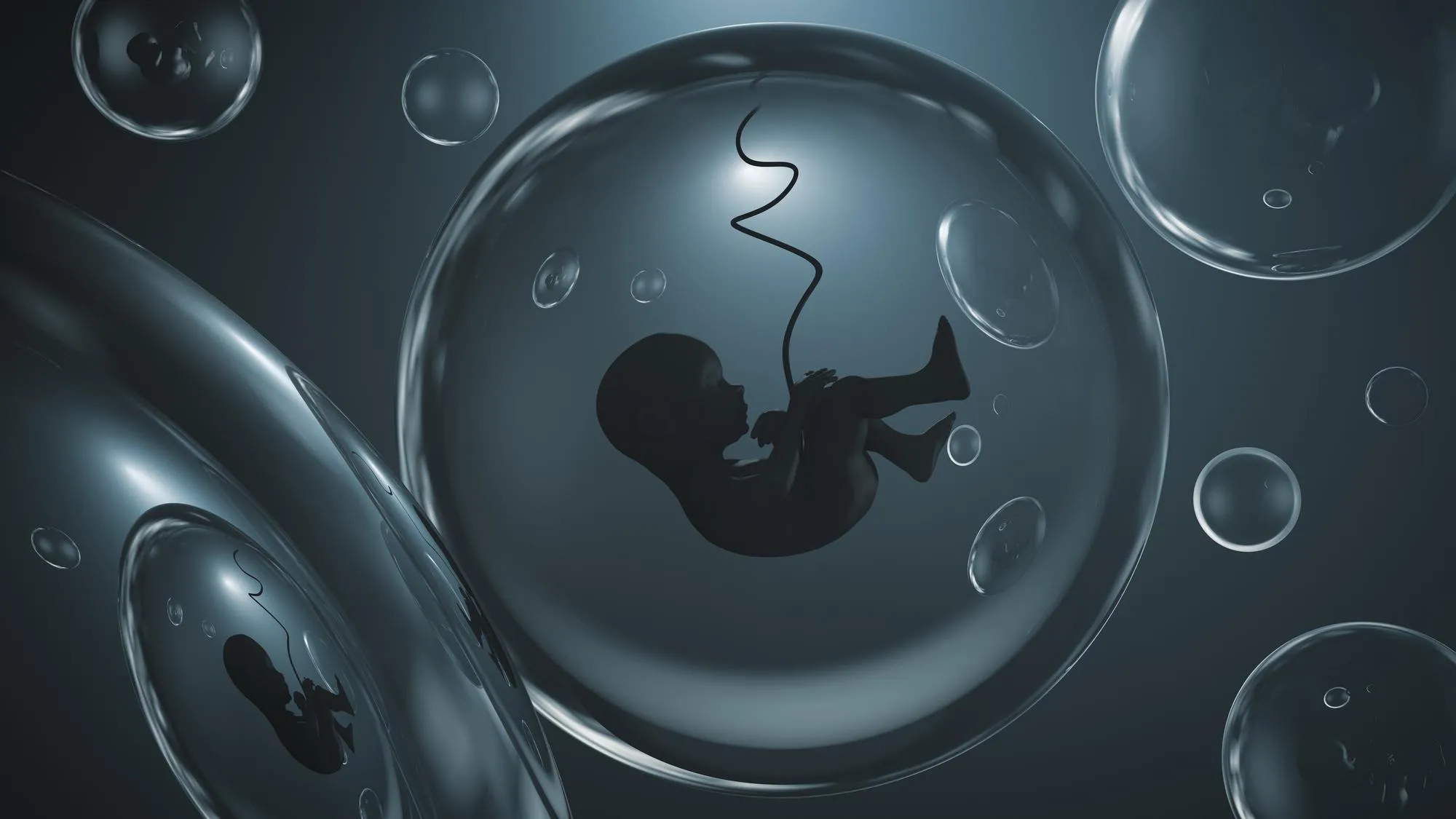In a groundbreaking study published in the journal Epigenetics, researchers from the University of Washington have found that superovulation, a common technique used in assisted reproductive technologies (ART), can lead to significant changes in DNA methylation patterns during early embryo development in mice. These findings have raised concerns about the potential long-term epigenetic effects of ART on human health and development.
DOI: 10.1080/15592294.2019.1615353
Keywords
1. Superovulation
2. DNA methylation
3. Assisted reproductive technologies (ART)
4. Early embryo development
5. Epigenetic changes
A new study led by a team of researchers at the University of Washington’s Department of Obstetrics and Gynecology, in collaboration with the Institute for Stem Cell and Regenerative Medicine and Departments of Medicine and Genome Sciences, suggests that superovulation, a routine intervention in assisted reproductive technologies (ART), can lead to widespread epigenetic alterations in early mouse embryos.
Superovulation, the stimulated production of multiple eggs for retrieval, is often used in ART processes like in vitro fertilization (IVF) to increase the number of eggs available for fertilization. However, there has been an ongoing debate over the safety and long-term implications of such procedures. The study in question, published under the title “Superovulation alters global DNA methylation in early mouse embryo development” in Epigenetics, reports significant changes in DNA methylation patterns, which are critical for regulating gene expression and maintaining cellular identity.
DNA methylation, particularly at CpG islands, plays a pivotal role in embryonic development by influencing genomic stability and regulating gene expression. Any aberrations in this process can potentially lead to developmental defects and diseases.
According to lead researcher Dr. Yu Bo and colleagues, although the immediate outcomes of ART have been widely studied, the impact of interventions like superovulation on the epigenetic makeup of early embryos has remained unclear. Given the dynamic nature of the DNA methylation landscape during early development, especially when the epigenome is being established, this study scrutinizes the consequences of artificially altering the reproductive environment.
The researchers treated female mice with low (5 IU) and high (10 IU) doses of Pregnant Mare Serum Gonadotropin (PMSG) and Human Chorionic Gonadotropin (hCG) to induce superovulation. They then collected zygotes and 8-cell stage embryos for analysis. Using whole-genome bisulfite sequencing, a method that allows for the mapping of methylation across the genome, they compared the DNA methylomes of these early embryos with those conceived naturally (NM group).
The results revealed a stark contrast between the naturally conceived group and both superovulated groups. The mean CpG methylation levels showed only a slight decrease from the zygote to the 8-cell stage in the NM group. Conversely, a significant reduction in mean CpG methylation level was observed among embryos from both superovulated groups. This suggests that the superovulation process may disrupt the normal erasure of DNA methylation during early development.
The research team posits that ovarian hyperstimulation affects the precision of active DNA methylation reprogramming, which could have repercussions for embryo development. Although the presence of methylation errors in the ART-conceived embryos has been previously discussed, this study provides direct evidence of methylation alterations due to superovulation.
Principal investigator Dr. Thomas H. Smith says, “Our findings indicate that the developmental environment influenced by superovulation has the potential to cause epigenetic changes. It is critical to understand if these changes persist and potentially impact the offspring.”
The study draws on previous work that emphasized the importance of the accurate establishment of the methylation landscape in early development. For example, it echoes the sentiments expressed in the works of Smallwood and Kelsey (2012), who stressed the significance of de novo DNA methylation in germ cells, and von Meyenn and Reik (2015), who delved into the epigenetic reprogramming within human germ cells.
Moreover, the research supports earlier concerns raised by Gosden et al. (2003) and Maher (2005) about the risk of imprinting disorders in children conceived through ART. These disorders, such as Beckwith-Wiedemann Syndrome and Angelman Syndrome, have abnormalities in imprinted genes, which undergo parent-of-origin-specific methylation.
The question remains as to whether the observed epigenetic changes are transient or have lasting effects on later developmental stages. Co-researcher Stephanie L. Battle underscores, “Further studies are necessary to investigate the impacts that these methylation changes might have post-implantation and whether they have any long-term phenotypic consequences.”
The research has been supported by grants from the National Institutes of Health (NIH), particularly through the National Cancer Institute (NCI) and the Eunice Kennedy Shriver National Institute of Child Health and Human Development (NICHD).
The University of Washington’s findings contribute significantly to the ongoing conversation surrounding the safety of assisted reproductive technologies. Though the research is in its early stages, it has already raised crucial points for consideration within the medical community, particularly for those specializing in fertility treatments.
In light of the results, there may be a need for reevaluating protocols in reproductive medicine to mitigate potential epigenetic risks. This study not only emphasizes the importance of a thorough understanding of the underlying biological processes involved in ART but also suggests the necessity for caution and continued research into the area.
The investigation into the epigenetic implications of ART continues as experts strive to balance the potential for life-changing reproductive assistance with the responsibility of ensuring long-term health and well-being for the offspring conceived through such technologies.
References
1. Bo, Y., Smith, T. H., Battle, S. L., Ferrell, S., Hawkins, R. D. (2019). Superovulation alters global DNA methylation in early mouse embryo development. Epigenetics, 14(8), 780-790. DOI: 10.1080/15592294.2019.1615353
2. Smallwood, S. A., & Kelsey, G. (2012). De novo DNA methylation: a germ cell perspective. Trends Genet., 28, 33–42. DOI: 10.1016/j.tig.2011.09.004
3. Von Meyenn, F., & Reik, W. (2015). Forget the parents: epigenetic reprogramming in human germ cells. Cell, 161, 1248–1251. DOI: 10.1016/j.cell.2015.06.018
4. Gosden, R., Trasler, J., Lucifero, D., et al. (2003). Rare congenital disorders, imprinted genes, and assisted reproductive technology. Lancet, 361, 1975–1977. DOI: 10.1016/S0140-6736(03)13592-1
5. Maher, E. R. (2005). Imprinting and assisted reproductive technology. Hum Mol Genet., 14, R133–R138. DOI: 10.1093/hmg/ddi101
